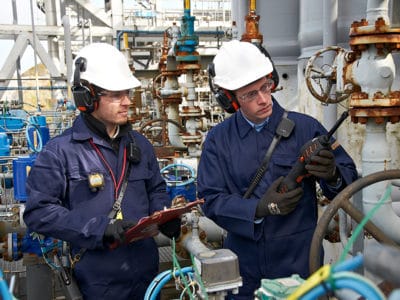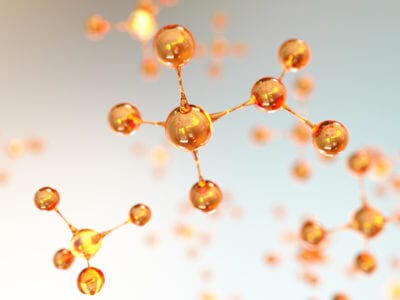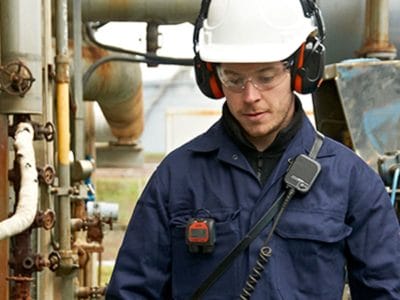
Monitoring Benzene
Formula: C6H6 | CAS: 71-43-2
Protecting both people and the environment whilst meeting the operational needs of your business is paramount and if you have operations in the UK you will be well aware of the requirements of the Control of Substances Hazardous to Health (CoSHH) regulations and likewise the Code of Federal Regulations (CFR) in the US.
Similar legislation exists worldwide, the common theme being an onus on hazard identification, risk assessment and the provision of appropriate control measures.
The Basics of Detecting Benzene
Properties | Exposure | Detection
Hazardous chemicals that pose a risk to human health are present in many raw materials such as oil. Normally these are safely transported and contained within process pipework and reaction vessels during normal plant operation. However, routine plant repair and maintenance (planned turnaround) or a fugitive release, due to faulty flanges on valves, for example, can potentially expose workers above the legal occupational exposure limit (OEL). Benzene, a hydrocarbon and volatile organic compound (VOC), is one such hazardous chemical.
Found in oil refining and is an intermediary in the widespread manufacture of many commonly used plastics. According to the World Health Organisation (WHO) there is no safe level of exposure.
– ECHA (European Chemicals Agency)
Benzene Exposure
Workers might be exposed to benzene during certain jobs, for example, in:
- Oil refineries
- Chemical and petrochemical plants
- Coke works
- Foundries
- The storage, distribution, and use of petrol or benzene itself
From a long term (chronic) health perspective, the World Health Organisation (WHO) and the International Agency for Research on Cancer (IARC) classify benzene as a group one carcinogen.
Prolonged exposure to high concentrations of benzene causes leukemia and impacts red and white blood cells. The WHO has not set a standard for ambient benzene concentrations, stating that there is no safe level of exposure but many countries use an annual average standard of 3.6g m-3 which is equivalent to 1 part per billion (ppb) or 0.001 ppm.
Benzene Detection
Rather than having to rely on human senses in a workplace setting, it is advisable to use an appropriate form of quantitative monitoring.
Benzene has a low IE value and it is often present
in a cocktail of other chemicals including aromatics. Using a proprietary 10.0 eV lamp means that only the aromatics are detected and should the total aromatic compounds (TAC) be above the regulatory limit a benzene pre-filter tube can be used to provide an accurate reading. It is important that your PID is maintained due to the potential for contamination of the lamp due to dirty, humid environments plus, the PID requires calibration every time it is used using a reference gas.
Download our FREE Guide
“The Basics of Detecting Benzene”
The basics of detecting benzene guide which can be downloaded below provides the reader with an in-depth balance of knowledge covering the main properties, exposure and detection of benzene. Once you have finished this guide you will be able to determine the correct solution to monitor benzene and how to monitor benzene in the correct manner to avoid benzene health issues.

















